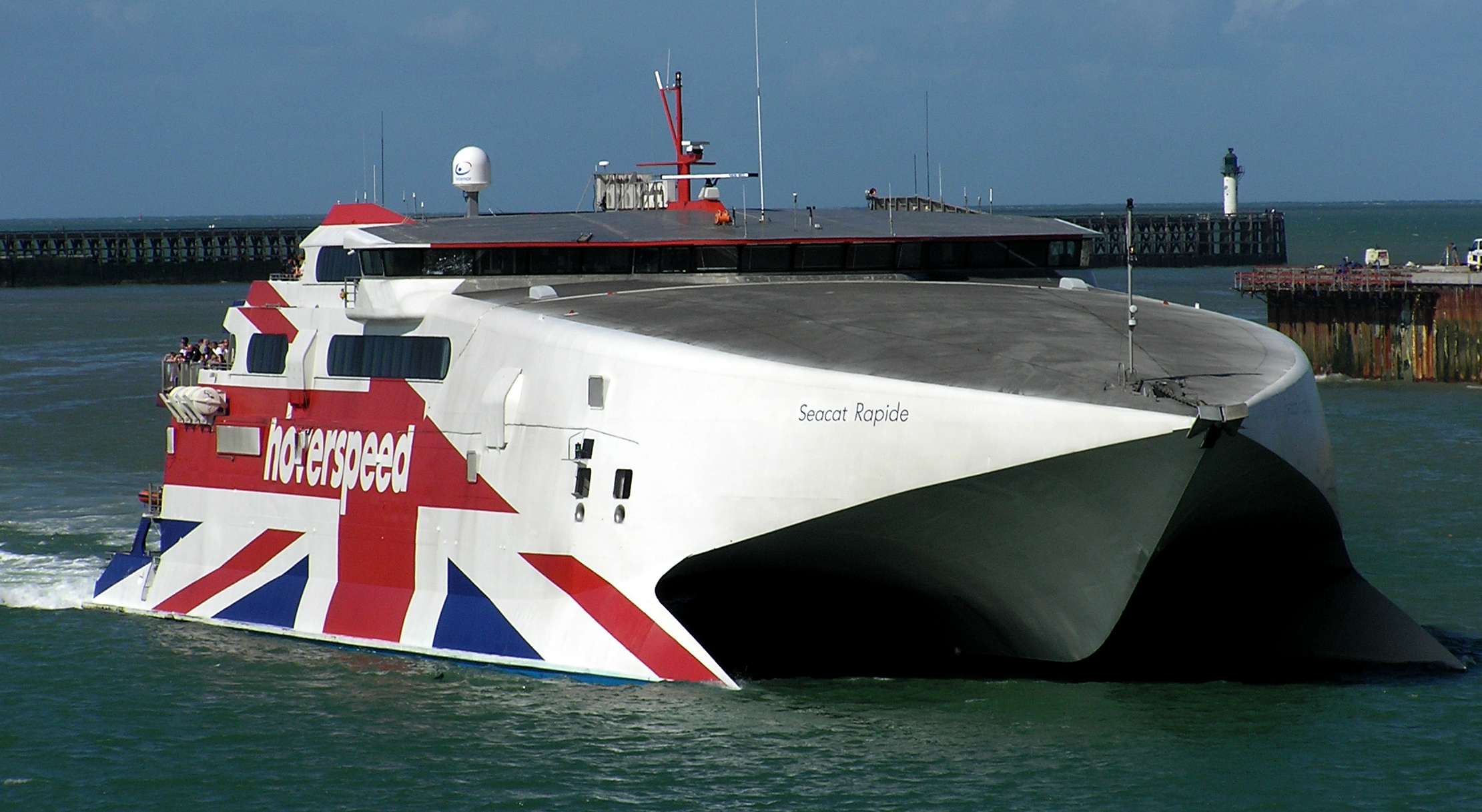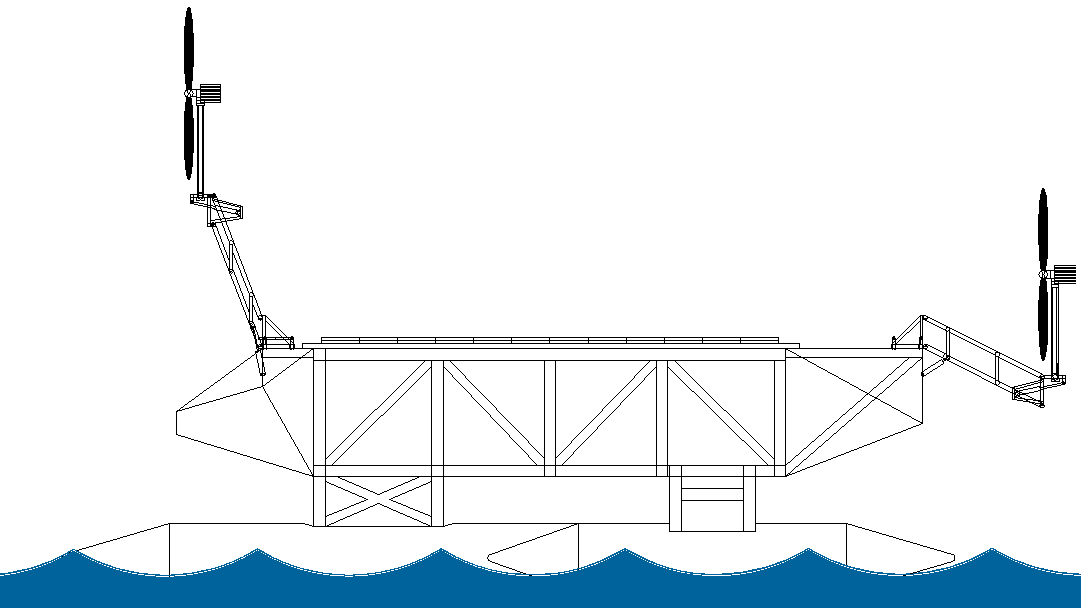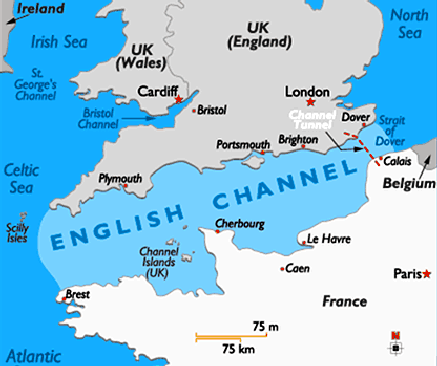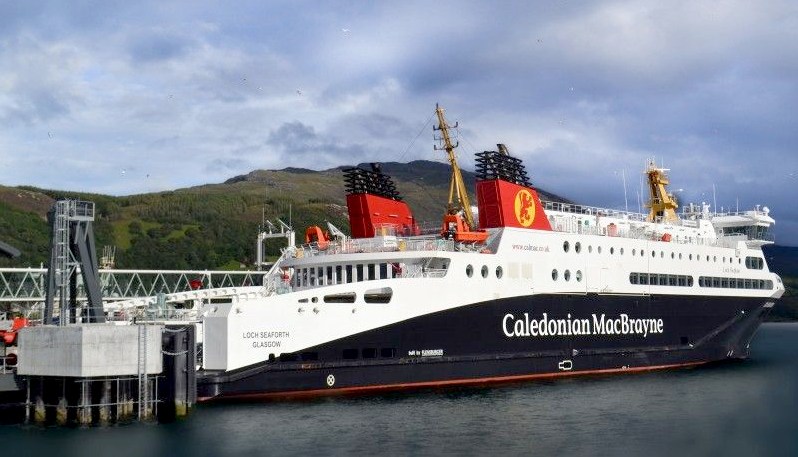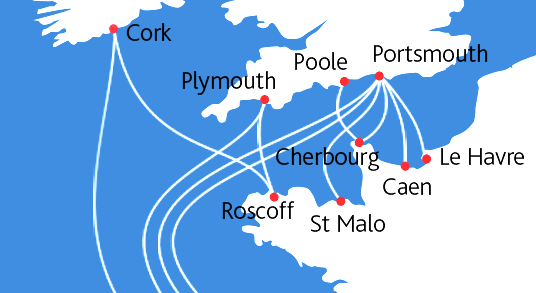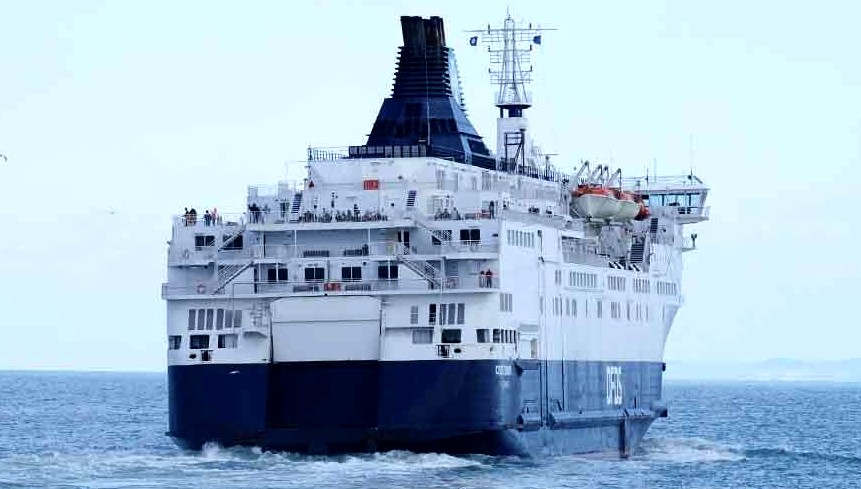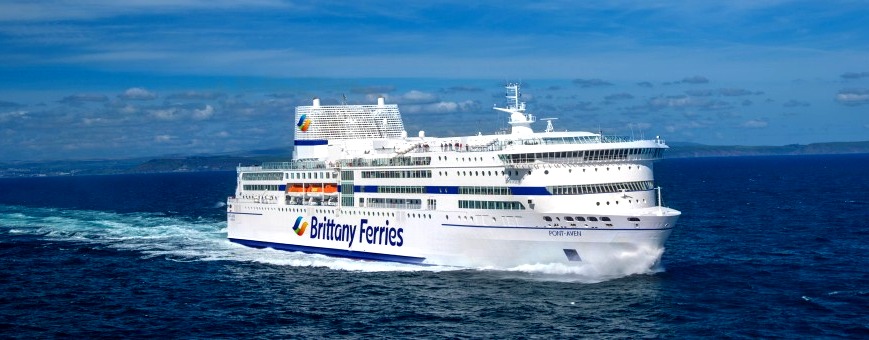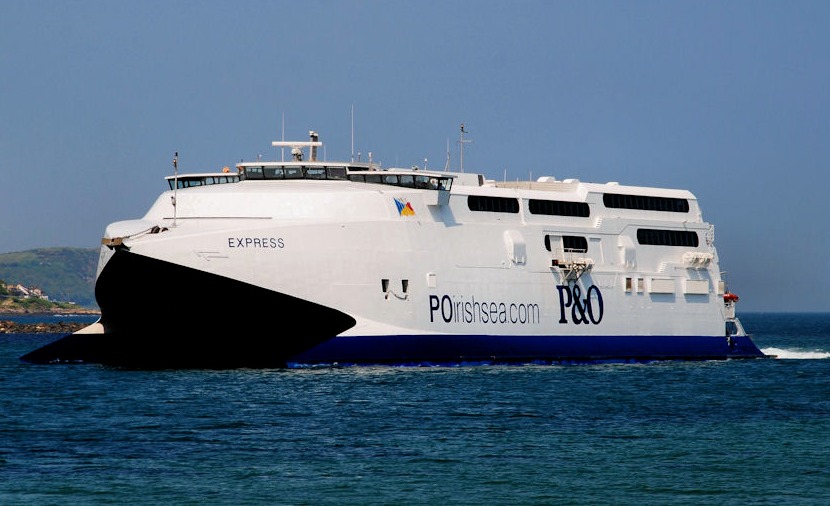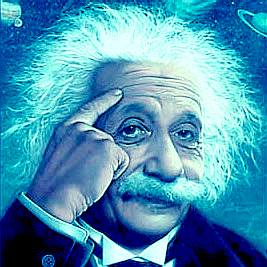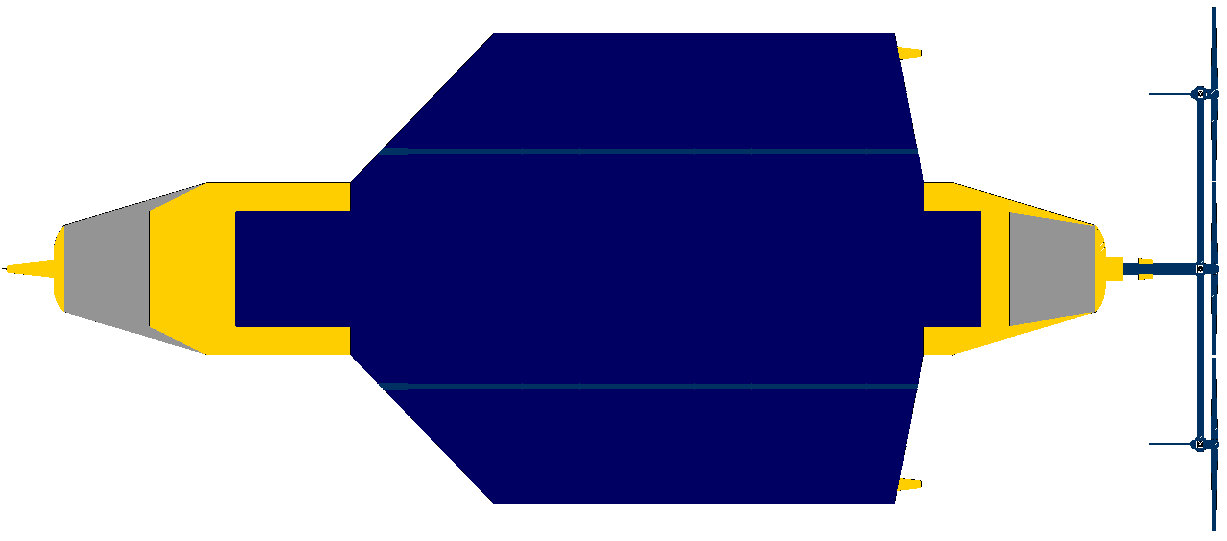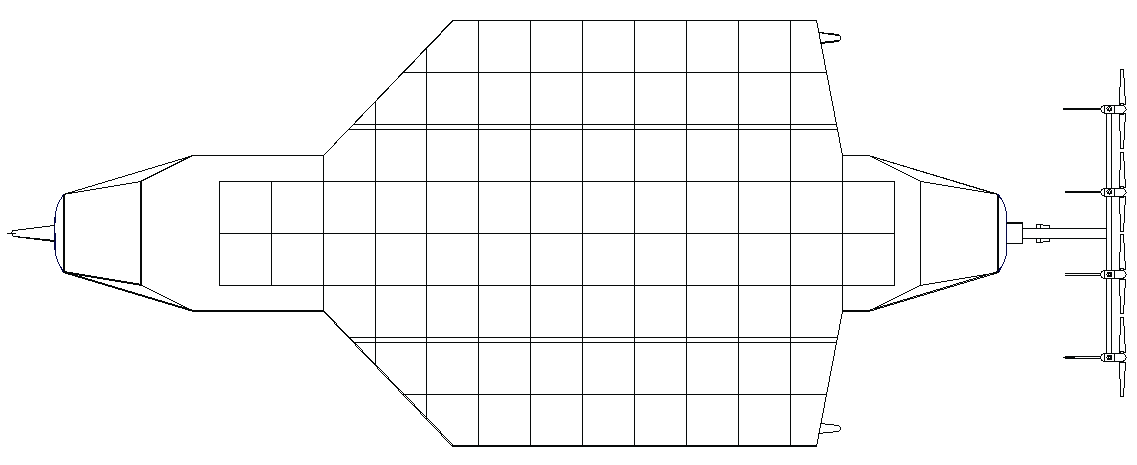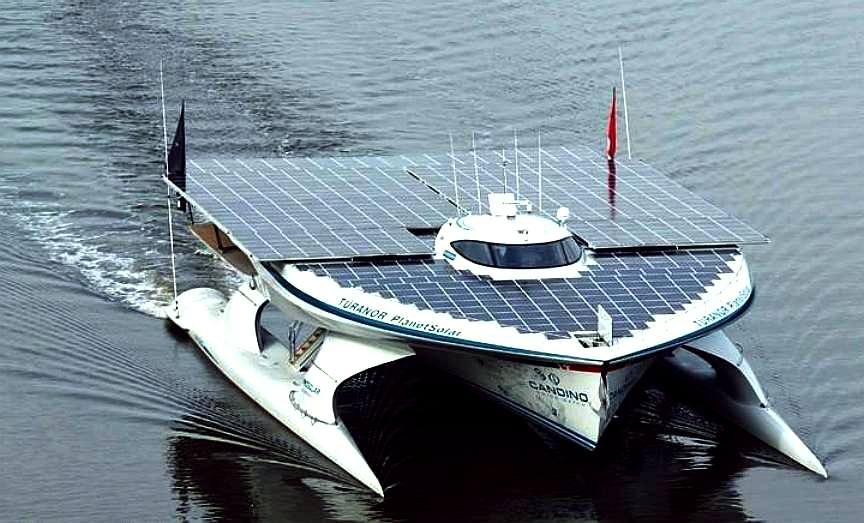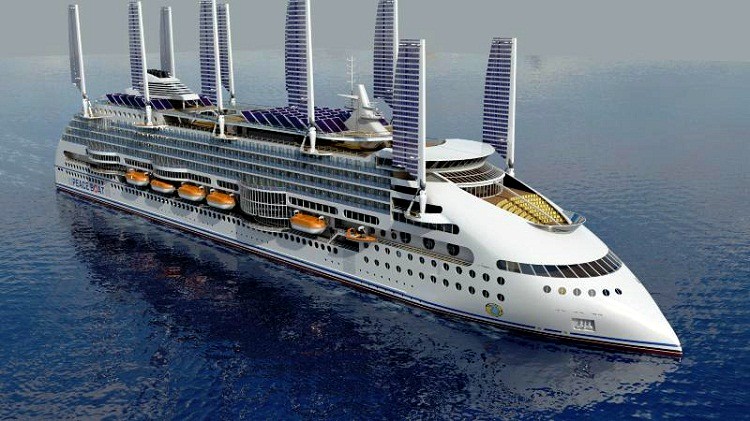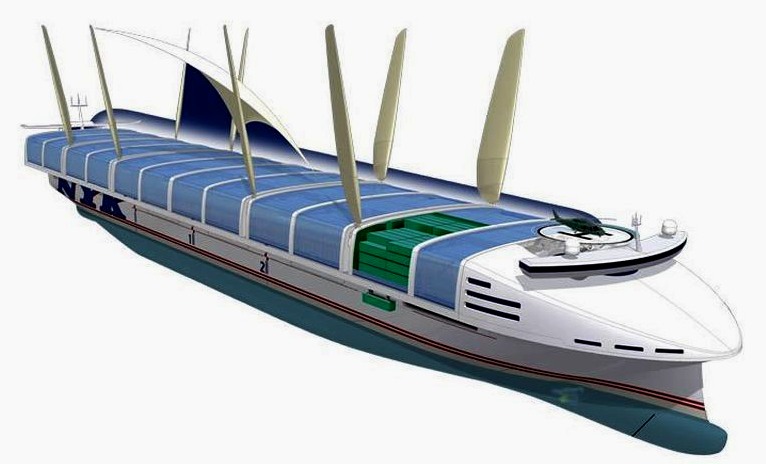|
CROSSING THE ENGLISH CHANNEL
Please use our A-Z INDEX to navigate this site where page links may lead to other sites
|
|
|
You can either sail the Channel or take a ferry. A very few have swum across, but it is rather demanding and not as efficient as using a boat. Sailing boats are clean, using wind energy from nature most of the time.
At the moment virtually all ferries are heavy oil bunker fuelled and must now comply with stricter MARPOL rules imposed by the International Maritime Organization aimed at reducing sulfur emissions that are one of the causes of acid oceans.
The new regulations are likely to mean higher operating costs for ferry operators, so higher crossing charges for holiday makers. At least that is thought to be the case, and if so, it opens the doors to a new era of zero carbon travel, where electrically propelled ships might come into their own.
ZERO CARBON GAME CHANGER - This diagram of a proposed cross-channel vessel shows a 2 wind turbine configuration allied to 58 solar panels to provide 16.7kW of generating power peak to drive a 12 to 16 tons, also utilizing a battery bank as a booster for enhanced performance. The passenger area of the Cross Channel Challenger is partly enclosed and partly exposed, though the layout can be changed to provide all open seating or all closed for up to 40 passengers. The basic design is to keep build costs low to interest ferry operators. The economics of operating such a vessel are yet to be worked out, but with marine fuels due to rise in price to meet the latest sulfur emissions regulations, solar and wind powered electric ships are sure to become a more attractive commercial proposition. Please note that this drawing is Design Copyright © September 8 2019, and the hull configuration and energy harvesting system are patent protected.
The
English Channel stretches about 350 miles long and is 150 miles at its widest point, while the narrowest is a mere 21 miles in the Dover Strait.
Most freighters travel between 15-18 knots, some faster, so outrunning them is
energy intensive. The horizon is deceiving, with lane traffic creeping up on you
alarmingly quickly. AIS is a boon here as it gives speed, course and CPA (closest point of approach) of the cargo ships.
There are 13 ferries that cross the channel, which are worth keeping an eye out for to avoid a 35 knot
shock to the system. On this point autonomous eyes could be a real navigation
benefit.
WHERE TO CROSS
IF SAILING
DISTANCE
AND HOW LONG ?
For those of us without a boat of our own, taking a ferry crossing to France is one of the most popular ways to enjoy the beautiful sights and sounds of mainland Europe and France itself.
DFDS offer daily Cross Channel ferry services from two ports in the UK, including the main port Dover as well as and additional service from Newhaven. The routes connect the UK with 3 ports across The Channel including Dieppe, Dunkirk and France’s main port, Calais.
DFDS
ferries offer crossings from:
Brittany ferries offer a high speed crossing from Portsmouth to Cherbourg on a catamaran that takes just 180 minutes. This fast ferry is called the Normandie Express - taking just 3 hours to sail from port to port, this speedy catamaran carries up to 850 passengers and 235 cars on each crossing.
INTERFACING
EUROSTAR
Another
way to get across that English Channel is by the Eurostar service. This is the high-speed passenger train linking London with Paris, Lille & Brussels via the Channel Tunnel at up to 300km/h or 186 mph. Eurostar is owned 55% by SNCF French Railways, 5% by SNCB Belgian Railways & 40% originally by the UK government but now sold to overseas investors. Don't confuse Eurostar with
Eurotunnel, who own the Channel Tunnel and whose car-carrying trains shuttle vehicles across the Channel.
SEAPOVILL - The Sea Star 5 is a fast catamaran ferry of medium size.
INCAT - This fast powerboat is a catamaran designed to use less fuel for quicker journeys.
REFERENCES
https://www
CONTACTS
Climate Change Challengers Cleaner Ocean Foundation & Bluebird Marine Systems Ltd Solar Studios BN271RF United Kingdom growth@blue-growth.org LINKS & REFERENCES
http://www.blue-growth.org
GUINNESS BOOK OF RECORDS - MS Turanor PlanetSolar (Switzerland) navigated the world in a westward direction from Monaco in 1 year 7 months and 7 days from 27 September 2010 to 4 May 2012. We wonder why nobody has attempted to improve on this design, to challenge the record in the intervening seven years.
TRANSFERABLE TECHNOLOGY - The design of the Climate Change Challenger might be adapted to Cargo, Container, Cruise and Ferry designs, without needing to radically alter port facilities. The designs above are not representative of adaptations of the concept, but serve to illustrate the thinking of other design houses.
Please use our A-Z INDEX to navigate this site
|
|
|
This website is provided on a free basis as a public information service. copyright © Climate Change Trust 2019. Solar Studios, BN271RF, United Kingdom.
|
